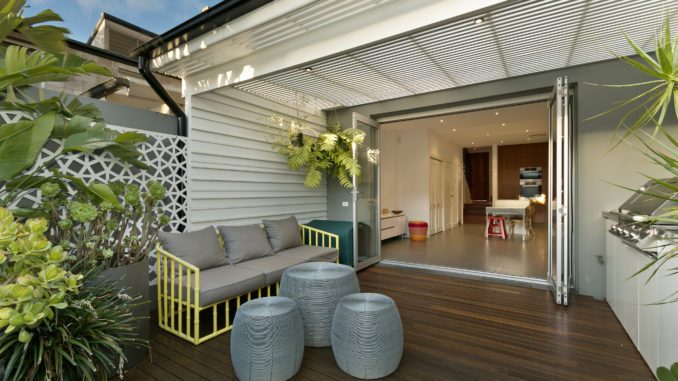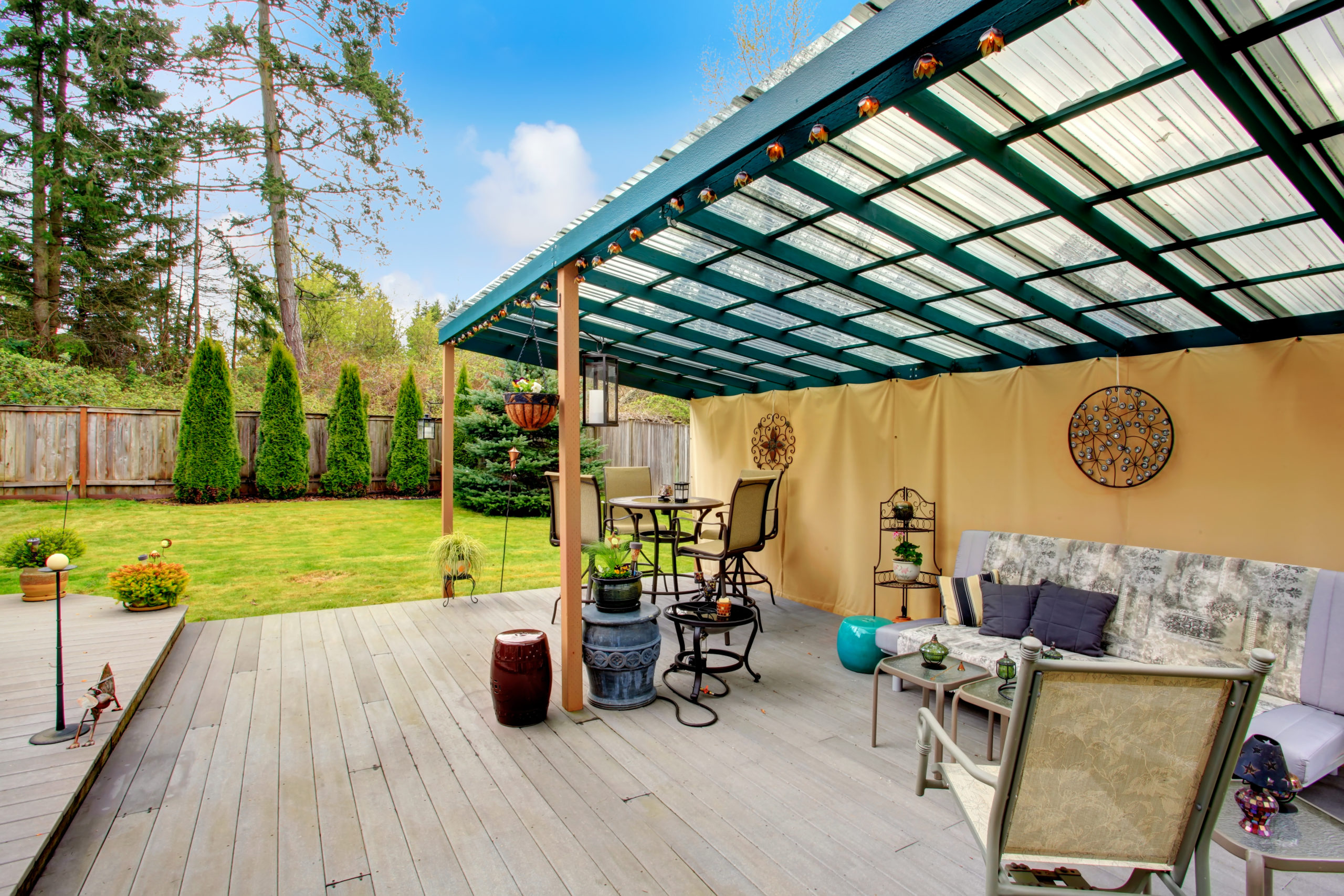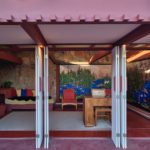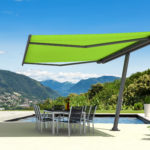
Summary
– Wall-mounted pergola: several possible uses
– Choosing a wall-mounted pergola: different criteria
– Wall-mounted pergola: declaration of work required
– Installation: the ideal orientation of a wall-mounted pergola
– Advantages of this type of pergola: little work
The pergola is a small decorative construction for garden or terrace; it has become popular in DIY and decoration magazines.
Technically, a pergola can be self-supporting, leaning but also dismountable. Shadelink Outdoor Living Solutions will have the perfect option for you.
Among the pergolas that can be leaned against each other are:
– the wall-mounted pergola
– and the marquee.
The leaning pergola leans against the house’s facade: the adjacent room then enjoys more space, light and freshness.
Wall-mounted pergola: several possible uses
A wall-mounted pergola is a structure that hangs from a facade and harmoniously decorates a terrace or the beginning of a garden. It can be retractable.
The wall pergola or wall arbour is used for:
– dress climbing plants,
– shelter a set of garden furniture,
– to house an outdoor dining room.
Good to know: for outdoor decoration, you can also consider Terrace Awnings.
Choosing a wall-mounted pergola: different criteria

The dimensions of the wall pergola vary according to:
– the width and height of the facade,
– the depth of the terrace.
Wall pergola: variable shapes
A wall-mounted pergola has a covered roof that hangs from a facade and overlooks a terrace, and this roof can have different forms:
– straight,
– inclined,
– wavy.
The sides and bottom of the wall pergola can be:
– opened and maintained by pylons,
– closed by a structure,
– half-open, half-closed.
The materials of the wall pergola: anything is possible!
Here are the different materials of the roof structure available on the market for the wall-mounted pergola:
Roof structure:
– braided plants,
– glass,
– Plexiglas,
– aluminium,
– wood.
– wood: bamboo, chestnut, hazelnut… (the most economical),
– aluminium and PVC: the most insulating.
– wrought iron: fantasy and resistance.
Good to know: Don’t hesitate to combine different materials: wrought iron and wood, for example, go together perfectly.
Wall-mounted pergola: declaration of work required
Before starting the construction, please respect the procedures imposed by your local town hall. For any installation, prior declaration of work is mandatory because the pergola changes the house’s external aspect.
If the pergola measures more than 20 m², usually a building permit is required.
Important: Failure to comply with the legal obligation to obtain a declaration of work or a building permit is a criminal offence. In such cases, the proprietor is fined and must, of course, demolish his work at his own expense!
Installation: the ideal orientation of a wall-mounted pergola
It is not always possible to choose the wall pergola orientation because it is placed on the house’s main facade.
Regions with temperate climates: south orientation
The southern exposure is the most feasible option to benefit from maximum heat and light.
Avoid:
– North is to be avoided because the pergola will suffer from a lack of light in winter.
– Western and eastern exposure should be avoided as it will only provide sunlight in the morning and evening.
Regions with warm climates: the south too!
Southern exposure is the most profitable solution.
However, northern exposure benefits from natural lighting and adequate heat protection.
Exposure to the west or east should be avoided because it will only provide sunlight in the evening or morning.
Advantages of this type of pergola: little work required.
Choosing a wall-mounted pergola rather than a freestanding pergola has many advantages:


– protects from prying eyes,
– adds an extra living room to the house,
– no work required to build a support structure,
– cheaper than a freestanding pergola,
– the room in contact with the pergola immediately becomes brighter; it looks more spacious and fresher,
– No more need to set foot in the garden to carry objects from the house to the pergola,
– Nearby water and electricity in the next room.
Good to know: The only drawback is in winter because the wall pergola hides the light inside the house.
Hope this post helps you decide which wall pergola suits your needs better. Remember to share and comment below.

Leave a Reply